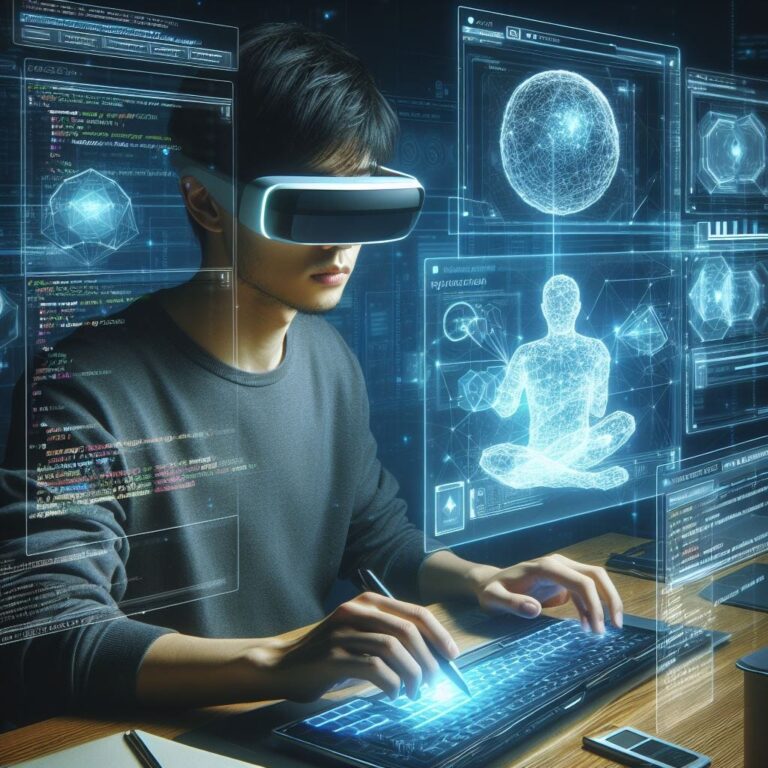In the realm of cutting-edge cartography and spatial evaluation, the period “ÙMap” has emerged as a beacon of innovation, promising to revolutionize the way we perceive and interact with geographical records. While conventional maps have long served as static representations of spatial information, ÙMap transcends those limitations, supplying dynamic, interactive, and personalized stories that cater to the various wishes of users across diverse domain names.
But what exactly is ÙMap, and how does it vary from conventional mapping technology?
At its core, ÙMap is a fusion of modern-day technologies together with synthetic intelligence, gadget gaining knowledge of, and spatial computing, all aimed toward empowering customers to discover, analyze, and derive insights from spatial data in actual time. Unlike conventional maps that rely upon predefined layers and static imagery, ÙMap leverages dynamic facts assets, inclusive of satellite tv for PC imagery, sensor networks, and crowd-sourced records, to provide a comprehensive and updated view of the sector.
One of the defining capabilities of ÙMap is its capacity to evolve and customize the user’s enjoyment based on the man or woman alternatives and contextual factors. Through advanced algorithms and user profiling strategies, ÙMap can tailor its content and capability to meet the specific desires and pastimes of each consumer, whether or not they’re navigating town streets, undertaking environmental surveys, or planning logistics operations.
At the coronary heart of ÙMap lies its state-of-the-art spatial intelligence engine, which powers an extensive variety of abilities, which include:
Real-time Geospatial Analysis
ÙMap can carry out complicated spatial evaluation obligations on the fly, permitting customers to perceive styles, traits, and anomalies within their geographic information. Whether it is detecting modifications in the land cowl, studying site visitors’ styles, or predicting natural disasters, ÙMap affords the equipment and insights needed to make informed choices in a hastily changing world.
Immersive Visualization
With ÙMap, conventional 2D maps are simply the beginning. Leveraging the modern improvements in augmented truth (AR) and virtual fact (VR) technologies, ÙMap offers immersive 3D visualization reports that bring geographic records to life. Whether you’re exploring ancient ruins, simulating city development scenarios, or carrying out virtual field journeys, ÙMap transports customers to new dimensions of spatial recognition.
Collaborative Mapping
In a technology of interconnectedness, collaboration is prime. ÙMap allows collaborative mapping efforts by permitting users to share facts, insights, and annotations in real time. Whether it’s coordinating emergency reaction efforts, crowdsourcing geospatial information, or taking part in urban planning projects, ÙMap fosters a way of life of collaboration that transcends geographic boundaries.
Contextual Intelligence
Understanding the context in which spatial records are located is vital for making informed selections. ÙMap incorporates contextual intelligence into its platform by integrating contextual statistics resources with weather forecasts, demographic facts, and social media feeds. By contextualizing spatial facts within its broader environmental and social context, ÙMap enables customers to gain deeper information about the sector around them.
Adaptive Navigation
Traditional navigation systems provide static route guidelines based on predefined standards which include distance or travel time. ÙMp takes navigation to the following degree by offering adaptive routing algorithms that consider real-time elements which include visitor congestion, street closures, and climate situations. Whether you are commuting to work, embarking on an avenue ride, or navigating strange terrain, ÙMap guides you adequately and correctly in your vacation spot.
The capability applications of ÙMap are as diverse as the landscapes it seeks to represent. From city-making plans and environmental management to catastrophe reaction and precision agriculture, ÙMap has the strength to transform how we understand, engage with, and harness the capacity of geographic facts.
In the world of city-making plans, for example,
ÙMap can be used to simulate and examine special development scenarios, allowing city planners to make informed selections about land use, transportation infrastructure, and environmental sustainability. By visualizing the capacity impacts of proposed initiatives in digital surroundings, ÙMap enables stakeholders to collaborate more efficaciously and mitigate potential risks before they arise.
In the sector of environmental management,
ÙMap can help display and examine modifications in ecosystems, biodiversity, and herbal resources through the years. By integrating statistics from remote sensing satellites, IoT gadgets, and discipline surveys, ÙMp offers a comprehensive view of environmental dynamics, empowering conservationists, researchers, and policymakers to take proactive measures to protect our planet’s valuable natural historical past.
In the world of catastrophe response and humanitarian aid, ÙMa performs an important position in coordinating emergency efforts, assessing harm, and allocating sources in instances of crisis. By offering actual-time situational cognizance and spatial analytics skills, ÙMp allows first responders and comfort agencies to prioritize their efforts and supply assistance where it’s far wished most, saving lives and mitigating the effect of disasters.
In the agricultural area, ÙMap can revolutionize how we manipulate and optimize food production structures. By studying soil health, weather patterns, and crop overall performance statistics, ÙMap facilitates farmers to make facts-pushed decisions about planting, irrigation, and pest control, maximizing yields even as minimizing environmental impact. Through precision agriculture techniques enabled with the aid of ÙMap, farmers can domesticate plants more successfully, sustainably, and profitably, contributing to worldwide meal safety and agricultural resilience.
As ÙMp continues to adapt and mature, its capability to reshape our courting with spatial data and geographic information is endless. Whether it is empowering individuals to discover the arena around them, facilitating collaborative decision-making procedures, or addressing some of the most urgent demanding situations going through humanity, ÙMp stands at the vanguard of a new era in cartography and spatial analysis.
In the end
ÙMap represents a paradigm shift in how we perceive, interact with, and derive fees from geographic statistics. By harnessing the power of superior technology and spatial intelligence, ÙMap gives a dynamic and customized technique to mapping that transcends the limitations of traditional cartography. As we hold to free up its full ability, ÙMp has the power to revolutionize industries, empower communities, and form the destiny of our planet for generations to come.
